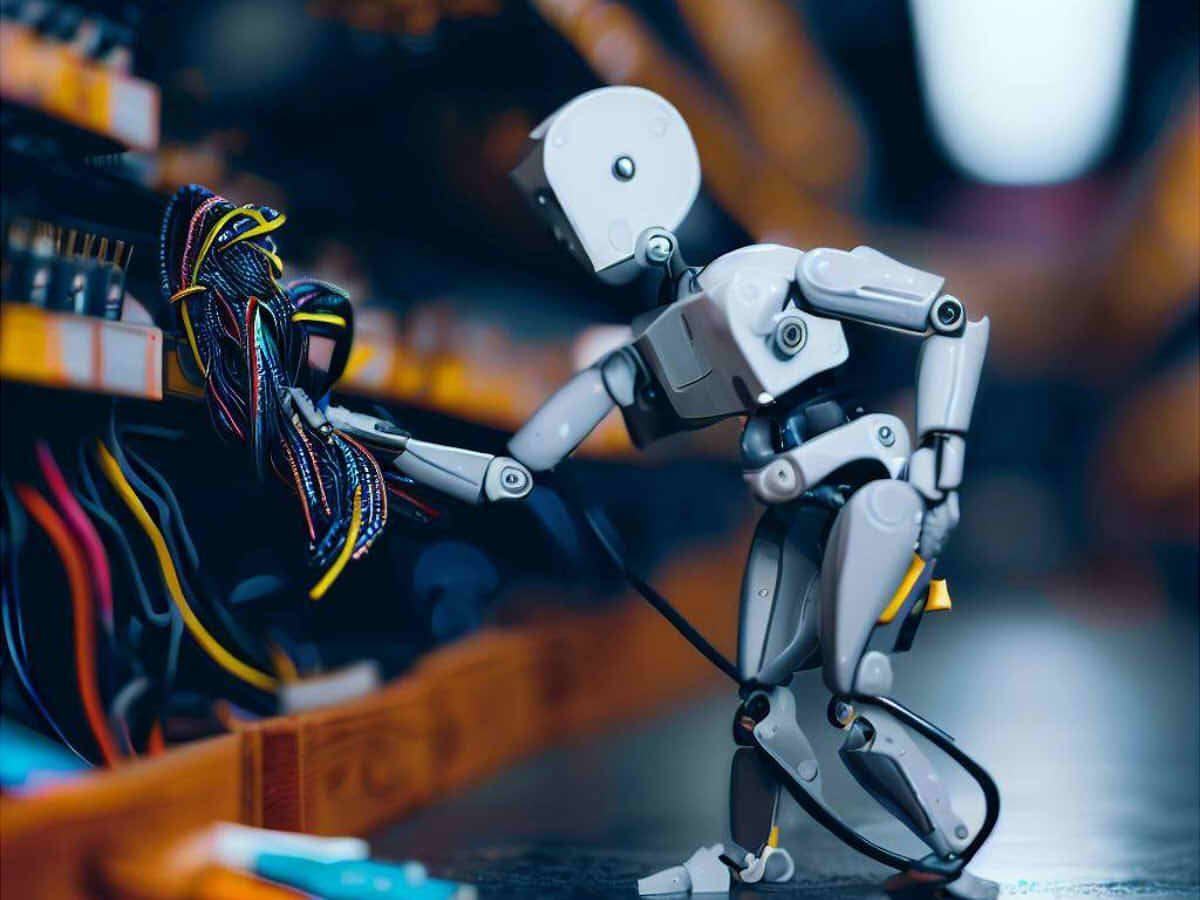Jamil Wormald
Hello! In this blog, I aim to share with you my knowledge, experiences, and ideas about parenting. An important part of my blog are stories and anecdotes from my own practice that will help you improve your parenting skills.
Safety and Durability of Robot Toys
34901 56

Introduction: Why Safety and Durability Matter
When choosing robot toys for children, safety and durability should be top priorities. As these toys often include moving parts, electronic components, and sometimes small pieces, it’s essential for parents to consider these factors to ensure the toy is safe for play and built to last. This article will discuss important safety considerations, materials used, design features, and how to select age-appropriate robot toys to ensure both safety and longevity.
Material Safety: Non-Toxic and Child-Friendly
The materials used in robot toys are one of the most important safety considerations. Many robot toys contain plastic, metal, and electronic components. It’s crucial to ensure that these materials are non-toxic and free from harmful chemicals such as BPA or phthalates. Look for products that meet safety standards, as these materials should not pose any health risks, particularly for younger children who may put toys in their mouths. Manufacturers often provide certifications and labels that indicate the toy is free from toxic substances and safe for play.
Design Features to Minimize Risks
Robot toys should be designed with safety in mind. This includes ensuring that any moving parts are smooth, properly enclosed, and free from sharp edges. For younger children, robot toys should be large enough to avoid the risk of choking on small components. Additionally, toys with small, removable parts or batteries should be carefully supervised to avoid potential hazards. Sturdy, well-secured components ensure that the toy won’t break apart easily during play, which could result in injuries or pose a swallowing hazard.
Battery Safety and Charging Concerns
Many robot toys are powered by batteries, and it’s important to ensure that these toys are safe for use. For battery-powered toys, make sure that the battery compartment is securely closed and that batteries are not easily accessible to young children. Rechargeable robot toys should have properly insulated charging ports to prevent accidents such as short circuits or electrical shocks. Always follow the manufacturer's instructions on how to charge the toy and avoid using damaged batteries or chargers.
Durability: Building for Long-Term Play
Durability is a key factor in ensuring that robot toys withstand the wear and tear of regular use. Toys made from high-quality, impact-resistant materials tend to last longer, especially when subjected to drops, bumps, or rough handling. Many robot toys are designed with durability in mind, with reinforced frames and well-secured components that prevent internal parts from breaking or becoming dislodged. Opt for robot toys that are specifically designed for active play to ensure they will remain functional even after extensive use.
Weather Resistance and Outdoor Use
Some robot toys are designed for indoor use only, while others are built to withstand outdoor conditions. For robot toys intended for use outside, consider factors like water resistance and protection against dust or dirt. Weather-resistant robot toys are equipped with seals or protective covers that prevent damage from exposure to moisture or outdoor elements. If your child plans to take their robot toy outdoors, check the specifications to ensure it is suitable for those conditions.

Age-Appropriate Design Considerations
It is essential to choose robot toys that are designed for the child’s age group. Younger children may require simpler robots with fewer moving parts and basic functions to minimize potential safety risks. Toys for older children can be more complex, with small parts and advanced features, but still need to be durable enough to handle more active play. Age-appropriate design features also include considerations for the complexity of the programming or controls, ensuring that children can safely engage with the toy without becoming frustrated or overwhelmed.
Maintenance and Care to Extend Longevity
To ensure that a robot toy remains safe and durable over time, regular maintenance is necessary. Keeping the toy clean and free of debris is essential, as dust and dirt can cause mechanical parts to malfunction. Additionally, checking for any signs of wear and tear, such as loose screws or frayed wires, helps to ensure the toy continues to function properly. Following the manufacturer’s instructions for maintenance, such as recharging batteries or updating software, will also help extend the toy's lifespan and ensure safe operation.
Conclusion: Ensuring Safety and Longevity in Play
When selecting a robot toy, safety and durability are key considerations to ensure your child can enjoy it without any issues. By choosing toys made from non-toxic materials, ensuring robust design features, and following age-appropriate guidelines, parents can ensure their child has a safe and long-lasting toy. Regular maintenance and care will help prolong the toy’s life, allowing it to remain a source of learning and fun for years to come.